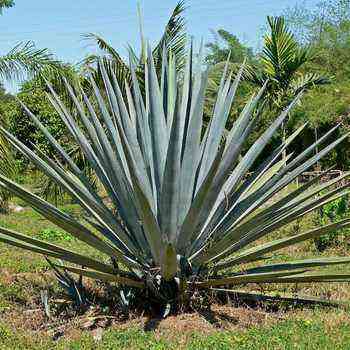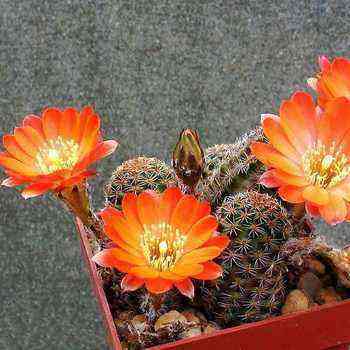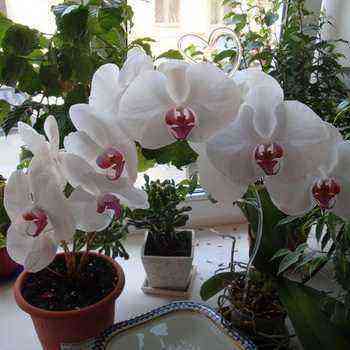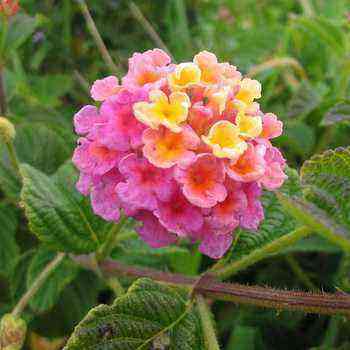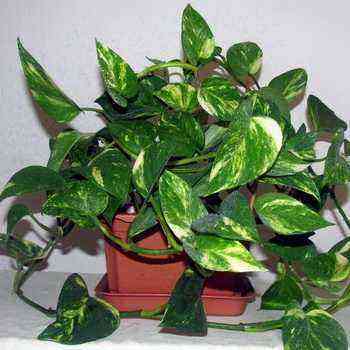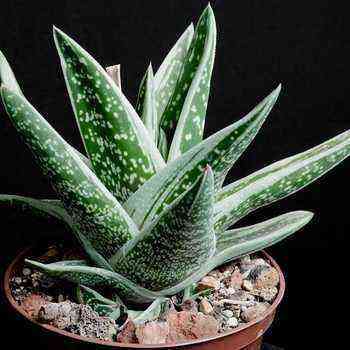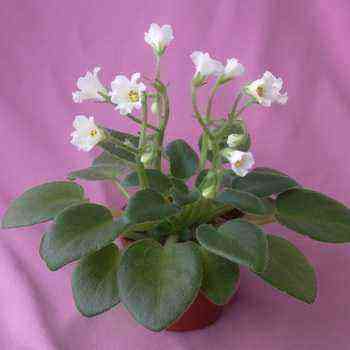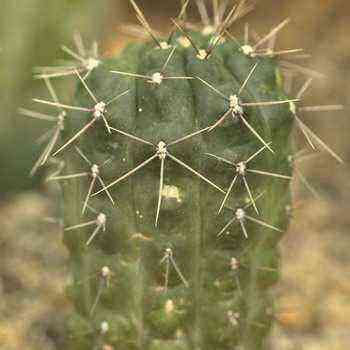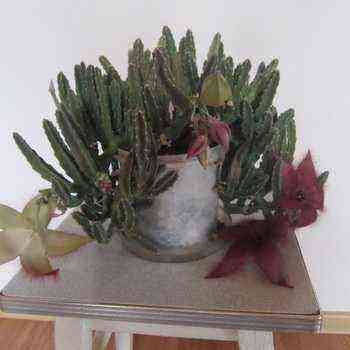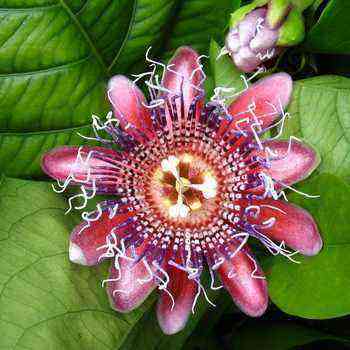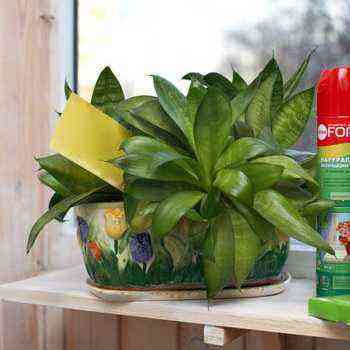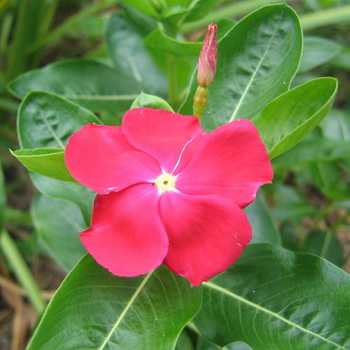 Catharantus is a plant of the Kutrovy family. Homeland – Madagascar.
Catharantus is a plant of the Kutrovy family. Homeland – Madagascar.
Under natural conditions, this plant is widely distributed in the tropical forests of India, Indochina, the Philippines and Cuba.
The name “katarantus” comes from the words “katharos” and “anthos”, which means “flawless flower”.
As you can see in the photo, the catharanthus flower can be both an indoor and a garden plant, and therefore it is widely used in culture:




Botanical description of the catharanthus plant and a photo of an indoor flower
Catharanthus as an indoor flower is a perennial or annual, herbaceous, flowering plant with a height of 30 to 60 cm.However, in the natural environment, there are specimens up to 1,5 m in height. Stems are erect with a branching tendency at the top. The bark on the shoots is smooth, green or pinkish.
Leaves are lanceolate, without tapering towards the edge, whole-edged, with a white vein in the middle. They have a smooth glossy surface and are opposite or nearly opposite. The foliage is dark green. The length can vary from 2,5 to 8 cm, while the width never reaches more than 3 cm.
As you can see from the photo, the descriptions of the size of the catharanthus flower differ, but on average, an adult plant is a wide, branched bush that can reach 1 m in diameter:

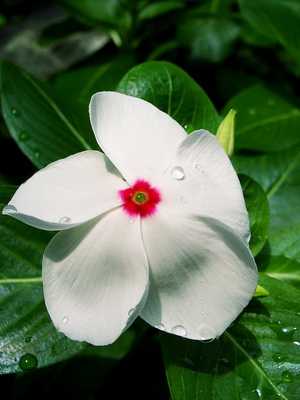


The root system is pivotal – the plant has a very powerful main root, the size of which reaches 30 – 35 cm. A large number of small lateral roots are attached to it. The underground part of the flower has a rather pungent specific smell.
The botanical description of catharanthus flowers is somewhat reminiscent of phloxes, but, unlike the latter, they are located in the leaf axils at the tops of the shoots and are practically odorless. They can grow singly, and can form small inflorescences of 2 – 3 flowers. The color is white or pink, diameter 3 cm. Most often, the petals are monochromatic, but there are varieties that have a contrasting eye. For example, when the central part is maroon and the edges are white, etc. The flower has a regular five-petal shape with a flat corolla. The pharynx is covered with thyroid hairs. Blooms profusely all summer.
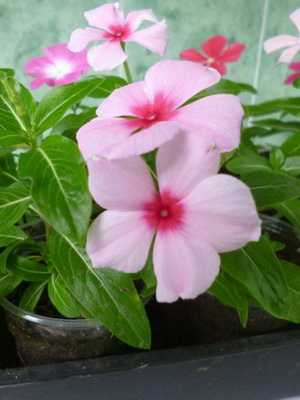

The fruit of this plant is a sickle-shaped two-leafed plant, inside which there are up to 10 seeds. However, natural conditions and open ground are necessary for the formation of a full-fledged fruit. When growing a catharanthus at home, seeds do not appear.
An important part of the description of a plant such as catharanthus is the toxicity of all its parts, which is why you need to be very careful when growing a flower at home. Precautions should be taken by placing the pot out of the reach of children and pets.
Popular types and varieties of catharanthus: photo and description
There is a wide variety of varieties and species of the catharanthus plant, which differ in size and color of flowers. The most popular are K. pink, periwinkle pink. All varieties and hybrids of the catharanthus that are used in culture are varieties of the catharanthus pink.


Quarantus pink (C. roseus)… It is an evergreen shrub that is very widespread in Europe, although its natural origin is the forests of India, Indochina and the islands of Madagascar. This type of catharanthus flower has oblong-lanceolate, entire leaves with a white vein in the center, typical for plants of this genus. Its height is no more than 60 cm, and the length of the leaves reaches a maximum of 7 cm. The flowers are pink in color with a yellow or crimson eye. Cultural forms of this species may have a greater variety of shades of petals. This plant has a long flowering time – in warm climates it can bloom all year round, and in colder climates all spring and summer.


Katarantus Pacific (Pacifica)… As you can see from the photo, this catharanthus variety has a relatively small size – the maximum flower growth is 25 – 30 cm, and the crown diameter is only 20 cm. An important characteristic is the unpretentiousness and early flowering of the plant. All varieties of this variety have a typical contrasting eye in the center of large flowers.
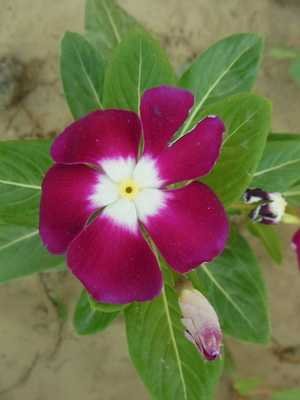

Katarantus “Pacifica Burgundy”. This variety is distinguished by flowers of a rich wine color with a white eye.
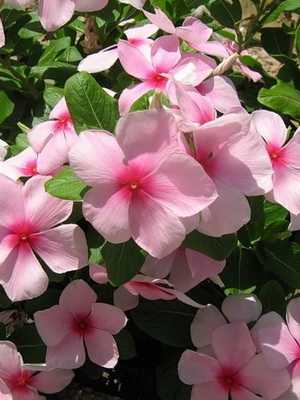
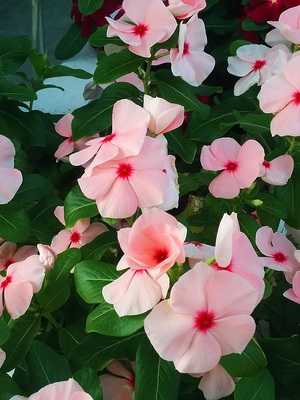
Katarantus “Pacific Epricot”. The flowers have an apricot color and a red center.
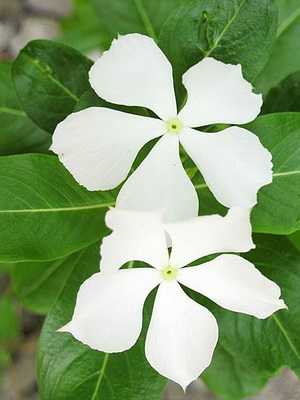

Katarantus “Pacific White”. Variety of white with a red center.
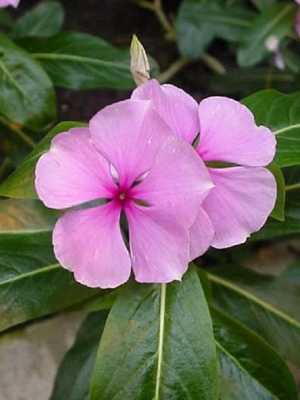
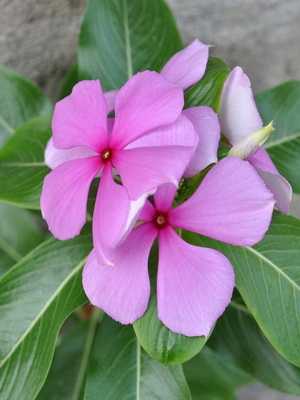
Katarantus “Aristocrat”. A semi-shrub of medium height – reaches no more than 50 cm in height. Differs in rather large flowers up to 5 cm in diameter. The color of the petals can vary from deep red to white. A contrasting peephole stands out in the center of the flowers. The variety can be grown both as a houseplant and as a garden plant.
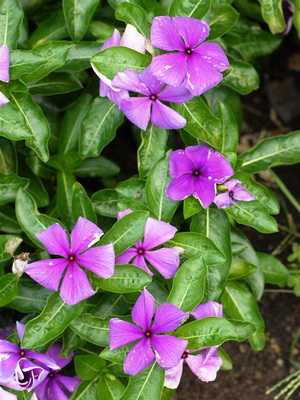

Variety series “First Kiss” (First Kiss). This variety series of catharanthus is very popular and has an expressive appearance. The flowers are very rich and large. The variety series includes 13 varieties with different shades of petals. Among them, it is worth noting specimens with a purple-blue color, which were bred relatively recently. The plant is quite compact – the height varies from 30 to 40 cm.

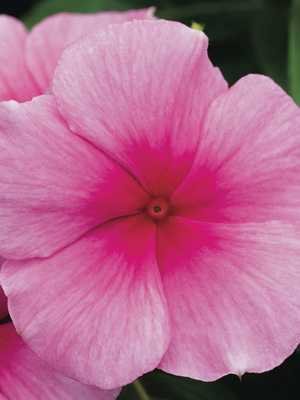
Variety series “Cascade” and “Mediterranean” (Mediterranean). These are low ampelous catharanthus that never grow above 10 – 15 cm. However, their shoots can be up to 150 cm in size, but they hang down, or they spread along the ground. The flowers are large – up to 5 cm. The color is very unusual for catharanthus – the petals closer to the edge can change their shade to a lighter or darker one.
How to grow a catharanthus: environmental conditions
In order to grow a profusely flowering catharanthus, you need to be as careful as possible to the conditions of the environment in which the flower resides.
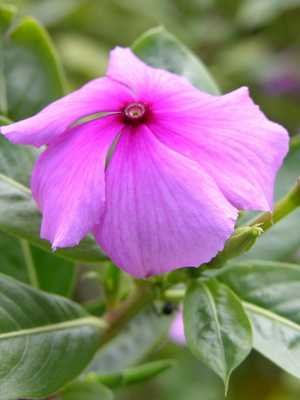
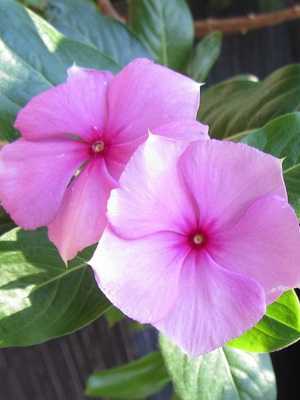
The plant is light-loving, but requires protection from direct sunlight. It is best to provide it with diffused light. The flower will feel good on the windowsills in the east or west of the house. However, the catharanthus can also be kept on the east side, if you take care of shading at lunchtime. The flower does not have to be placed exactly on the windowsill – it will also feel quite good on a shelf with slightly diffused lighting. If the catharanthus stays in a warm room during the cold season, it also needs good lighting. It is advisable to put fluorescent lamps near it. Otherwise, the shoots will stretch upward, and the plant will lose its decorative appearance.
When growing a flower such as catharanthus, it is necessary to observe certain temperature conditions in the room. During the period of active growth and flowering, the plant will feel best at a temperature of 20 – 25 ° C. Typically, this period occurs in the spring and summer. In winter, the catharanthus can be kept in a cool room with a temperature of 10-12 ᵒС. Long-term holding of the flower in conditions below 10 degrees can kill it. If there is no need to keep the plant as a perennial, and the owner is going to throw it away after flowering, then the catharanthus needs to be provided with the warmest conditions and good lighting. In this case, it will bloom profusely. In summer, you can take it out to the balcony, terrace, but it is necessary to protect the plant from rain. Also, do not leave the flower pot in a draft, as this can harm the catharanthus. You can move the plant outside as soon as the air temperature rises above 18 degrees. At the first cold snaps in August-September, the flower should be returned to the house.
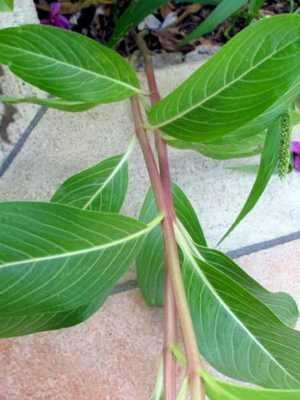
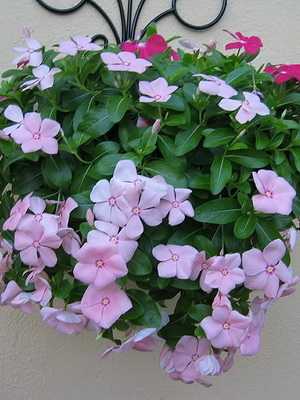
Caring for the catharanthus will be successful if the flower is planted in fertile, light and loose soil, since this factor is one of the decisive ones when growing this plant. You can use a purchased potting potting potting potting soil mix for flowering houseplants. However, it is not difficult to prepare it yourself. For this, the following components are used: sod and leaf land, humus, peat, sand in a ratio of 1: 1: 1: 1: 1. According to the reaction, the soil should be neutral or slightly acidic.
Watering and feeding the catharanthus
When growing a catharanthus at home, careful care of the level of humidity in the air and soil is necessary. This is due to the tropical origin of the flower. In the natural environment, the plant develops in conditions of high humidity and requires the same when grown indoors.
It is important not to forget to constantly spray the air around the catharanthus. Spraying the plant itself should be very careful – drops should not fall on the flowers. To increase the humidity, you can put the pot on a pallet with wet pebbles or place a small container of water near it.
As shown in the video, it is necessary to water the catharanthus after the topsoil has dried out with a depth of 2 – 3 cm:
However, in no case should the earthen coma dry out. The curling of the leaves of the plant will indicate an insufficiently moistened soil. If you notice this in time and resume proper watering, then the foliage will straighten back. Stagnation of water in the sump and waterlogged soil also negatively affect the health of the catharanthus. The flower feels good with a stable average humidity of an earthen coma. In summer, watering is plentiful, in winter – moderate.
In order to achieve long and abundant flowering, it is necessary to carry out regular intensive feeding of the catharanthus plant. The optimal frequency of fertilization for a perennial flower is twice a month. Among what you can feed the catharanthus, you should pay attention to fertilizers for flowering house plants, especially indoor roses. Complex mineral fertilizers are also used. If the owner is going to keep the flower for only one year, then feeding should be done once a week along with watering.
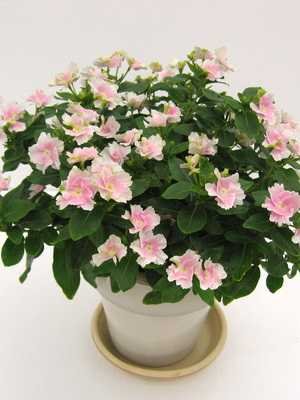

Given that the catharanthus is a fast-growing branchy plant, it must be constantly pruned. This procedure is carried out during transplantation, after the flower has had time to rest over the winter. Elongated stems must be cut with a sharp knife to a third of their length. Pruning more will cause the foliage to shrink. You should also get rid of damaged and dry shoots. By pruning, you can give the bush the desired shape.
Do I need to pinch the catharanthus and when to do it
The method of pinching a catharanthus flower is carried out in order to form a lush crown near the bush and add more branching to it. To do this, gently pinch the tips of the shoots, which after that will not extend further upward. At the same time, the growth of side branches will increase. This will not only give the crown a magnificent shape, but also add an abundance of flowering.
The best time to pinch the catharanthus is in the summer, but this procedure can also be done in the spring. Some growers do this every two weeks throughout flowering. There is a possibility that the shoots treated in this way will become slightly lignified. If the procedure was carried out in the summer, then flowering on them will appear after 2 – 3 weeks. Therefore, there is no definite answer as to whether it is actually necessary to pinch the catharanthus, since this depends on the owner’s idea of the appearance of the flower. This procedure affects exclusively decorativeness, which is a matter of taste.
How to plant and transplant a catharanthus
Transplanting is carried out once every 2 years for mature plants and once a year for young ones. This frequency is due to the rather rapid growth of the flower. Given this fact, a flower pot must be chosen large and deep enough, since the root system is up to 1 cm in length. Every year you need to select a container 35 – 3 cm wider than the previous one. Before planting a catharanthus in a new pot, it is necessary to examine the plant for diseases and carry out annual pruning. This procedure is carried out in early spring – in March. The transplant is carried out by transferring the flower together with the old earthen clod into a new pot. It is not necessary to get rid of the soil from the previous container for the reason that it will damage the root system of the catharanthus, which may not recover from such stress. At the bottom of the pot, be sure to pour a drainage layer 5-3 cm deep. This will not allow excess moisture to stagnate in the soil. Expanded clay or pebbles can be used as drainage materials. After that, a small layer of substrate is poured, and the plant is rolled over into a new pot. The empty space remaining between the walls and the earthen lump is covered with soil of the same composition as in the previous transplant.
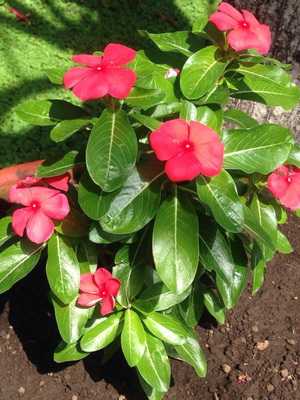

There is a possibility that the plant will need to be replanted more than once a year. For example, if the lower leaves of the catharanthus began to turn yellow, and the flowers gradually fall off, then the reason for this is most likely the filling of the entire area with the roots of the earthen coma. In this case, you can observe the bulging of the roots from the drainage holes of the pot. In this case, the flower should be immediately transferred to a larger container.
Reproduction of the catharanthus using cuttings
Florists do not recommend growing perennial catharanthus for more than three years. After the expiration of this period, the plant loses its splendor, the leaves and flowers become smaller, the shoots begin to curl. Many people even use the flower as an annual plant. For the most part, this is due to the problem of wintering – perennials need to provide the correct temperature regime, watering and lighting throughout the cold season. At the same time, over the winter, the shoots still stretch out and lose their decorative effect. In fact, it is much easier to grow a new plant that will soon gain the strength to bloom well and look fresher and healthier.
Reproduction of the catharanthus plant can be carried out in several ways: by cuttings, sowing seeds and dividing the bush.
In order to reproduce the catharanthus with the help of cuttings, it is necessary to use the apical green shoots of the old plant. They can be harvested both in spring and autumn. The length of the cuttings should be 8-10 cm.
Rooting can be done in two ways:
- In water.
- In the substrate.
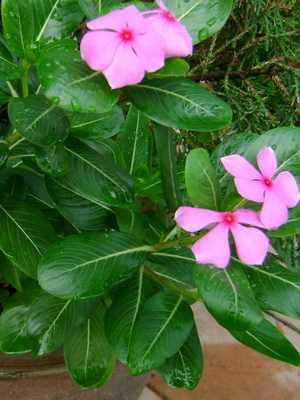
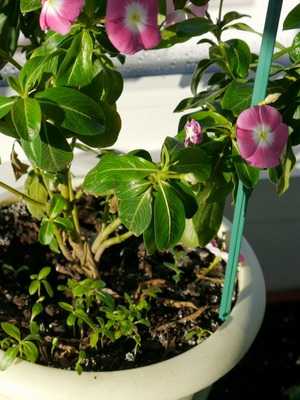
In the first case, boiled water at room temperature is used. To successfully complete the rooting process, you can add a few drops of a growth stimulant to the vessel. The glass with the handle should be in a warm, bright place. If there is less water, then the glass needs to be filled a little so that the amount of moisture is kept at the same level. After the formation of roots, it is necessary to plant the catharanthus at home and take the same care as for an adult plant.
In order to root the cuttings in the substrate, it is necessary to deepen them 2 – 3 cm into wet soil and cover with a jar or polyethylene. This will create the conditions for the greenhouse. The container is placed in a warm place with good lighting. Planted shoots should be regularly ventilated and sprayed. When the first leaves appear on the cuttings, the shelter can be removed
How you can grow a catharanthus from seeds
Growing a catharanthus at home using seeds can be carried out at any time of the year, but it must be borne in mind that it will bloom only 2 to 3 months after planting. On the advice of experienced florists, this procedure should be carried out in early spring. Seeds are usually bought in specialty stores, since it is almost impossible to collect them from old plants.

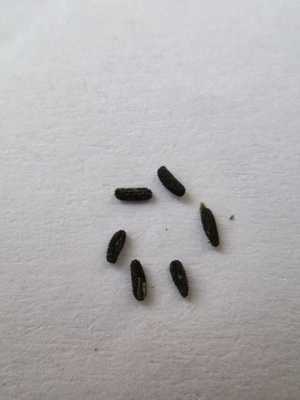
Before sowing, the seeds must be kept in a solution of potassium permanganate and epin for several hours. After that, they are placed in slightly damp soil to a depth of 1 cm. The container is covered with a transparent lid. For this purpose, glass or polyethylene can be used. For maximum germination, the vessel is placed in a warm but dark place. After 1 – 2 weeks, when the first shoots begin to appear, it will be necessary to provide good lighting. To grow a healthy catharanthus from seeds, you need to care for it as carefully as possible until a full-fledged root system is formed and foliage appears. During this period, the plant is very vulnerable. The optimum temperature for this time should be kept within 22 – 26 degrees. In the morning, the seedlings are ventilated and moistened. For about one month, their growth is invisible – all the forces of plants go to the formation of roots. You can plant flowers in individual pots after 3-4 leaves appear. It is advisable to choose a large pot right away, as the young plant will develop very quickly.
Why do catharanthus leaves turn yellow and what to do to get rid of diseases (with photo)
As you know, most diseases of the catharanthus plant are caused by mistakes in care and improper environmental conditions. It is always possible to determine that there are problems with the health of a flower by its appearance.
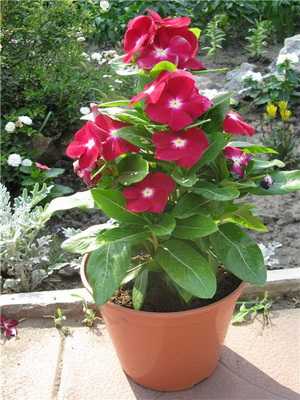
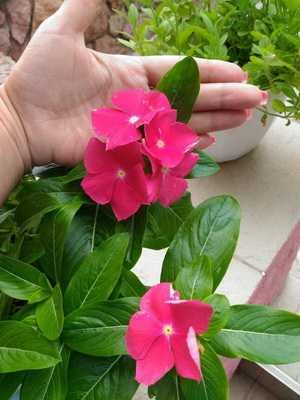
One of the common problems is that the leaves of the catharanthus turn yellow, but not all beginner growers know what to do at the same time. To begin with, it is worth finding out the cause of this symptom, and there may be several of them. For example, if, together with yellowing, the catharanthus has lost its shape, withers and throws off the foliage, this may mean that it stood for a long time on a windowsill unprotected from the sun. You can correct the error by rearranging the flower deeper into the room. If only the lower leaves turn yellow and fall off, despite the fact that the upper part of the plant looks healthy, then you should not worry – this is a natural process. In the case when the color changes to yellow, starting from the tips of the leaves, then, most likely, the reason is too low air humidity. You can fix the problem by placing a container of water next to the pot, or by regular spraying. One of the reasons why the leaves of the catharanthus begin to turn yellow may be that the pot is too narrow and the root system has already entwined the entire earthen lump. This is determined by the fact that flowering also stopped, and the roots protrude from the drainage holes.
You can see from the photo another catharanthus disease, which manifests itself in the form of dark bumps on the top of the foliage and pustules on the bottom:


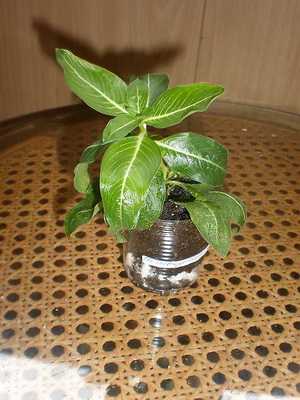
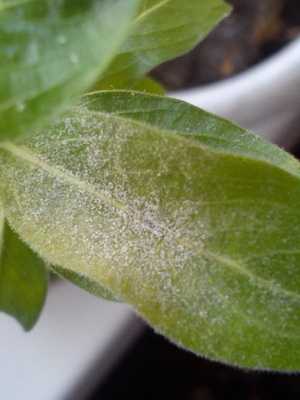
It is leaf rust. It appears when the humidity of the air or soil is too high, and sometimes both in combination. It can also appear when transplanting into too heavy soil. Get rid of the disease with fungicides. The treated plant must be transplanted into new soil.
